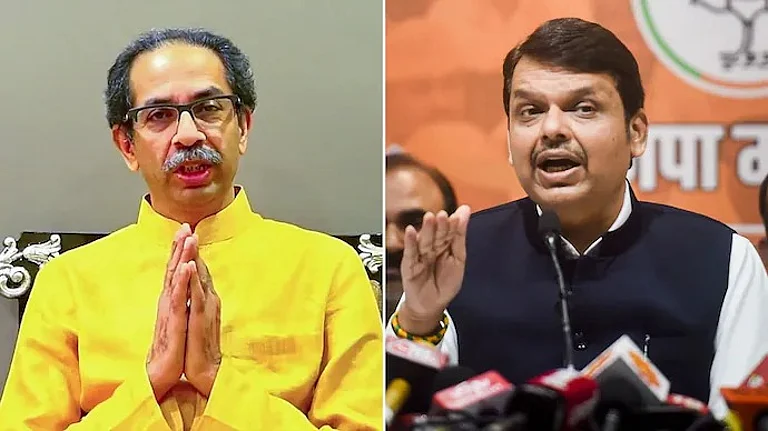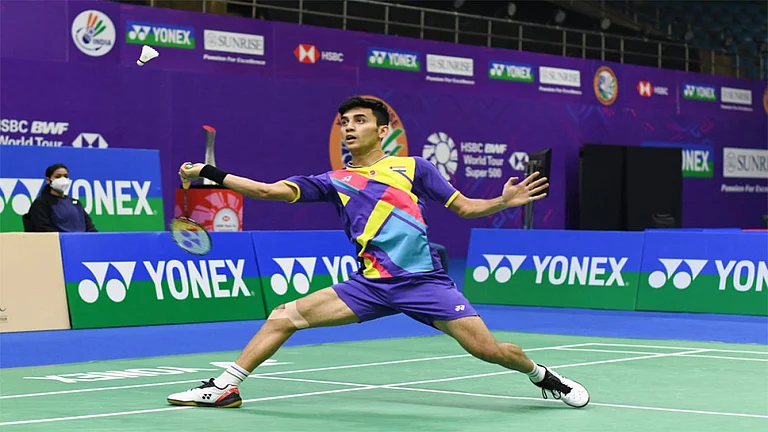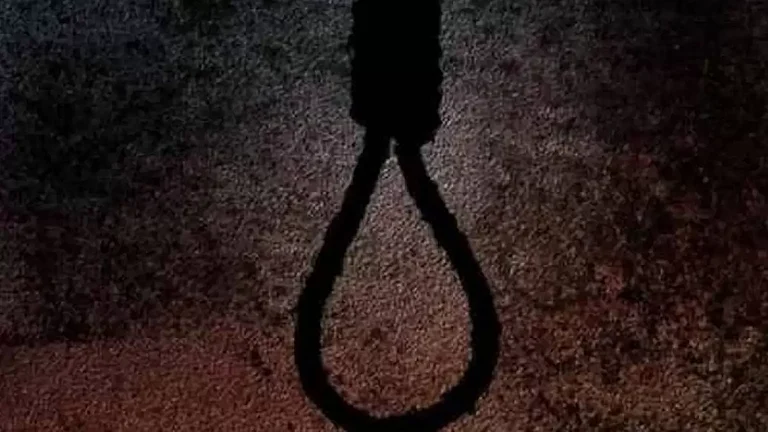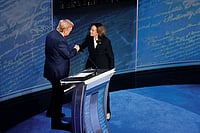I came to know of Savarkar many years ago through the Tamil translation of his captivating work on 1857. Though I have never been a votary of Hindutva, my respect for young Savarkar has remained undiminished all these years in spite of the accusations of cowardice made against him by several ideologues. Indira Gandhi’s statement that his name was a byword in daring and patriotism was correct and primarily about his young days. Savarkar in his later years, after he had chosen to wear the robe of Hindutva, was completely different.
A decade ago, acclaimed publishers would not have touched Savarkar with a bargepole. With the change of government and with the air nowadays redolent with the unmistakable tang of majoritarianism, the rules of the game have clearly changed. Two books on the person who was, in the words of one the authors, “one of the most contentious political thinkers of the twentieth century”, have appeared in quick succession. Savarkar is contentious all right. If his name induces reverence in the Hindutva set, it provokes anger and disgust in the other, secular, set. In the commotion of their continuing fights the real Savarkar has been lost. These two books are intrepid attempts to bring him back and assess his correct place in Indian history. They are welcome.
Savarkar’s long and eventful life was marked by four major milestones. The first was his role in the martyrdom of Madan Lal Dhingra; the second his deportation to the Andamans and the mercy petitions he wrote to the British rulers; the third his avowal of Hindutva and the fourth the assassination of Mahatma Gandhi and his complicity in it. Purandare’s book covers all of them, while Sampath’s, being the first volume of a two-volume biography, deals with the first three. Sampath’s otherwise professional work is marred by frequent forays into the realm of poetry and by irrelevant political digressions. The author’s dislike of Gandhi is evident throughout the book. Purandare’s book is concise, and critical wherever there is a need to be so.
The initial phase of Savarkar’s life as a young revolutionary is almost a textbook case of how revolutions should not be led. He gathered a few starry-eyed young men around him in the India House of London and they plotted to bring the hated British rule to an end by killing a few Englishmen and by smuggling a load of pistols into India. British imperialism swatted them as it would some irritating flies. Within a period of one year, Dhingra was hanged and Savarkar deported to the Andamans. The sheer amateurishness of these ventures is staggering and it is disappointing that the authors do not dwell on it. Abhinav Bharat, a secret society founded by him, is another sad story. Savarkar’s idol here was Mazzini, the famous 19th century Italian revolutionary—an inspiration, also, to would-be revolutionaries across India—who was contemptuously described by Marx as an “everlasting old ass”. But Mazzini’s Young Italy, on which Abhinav Bharat was modeled, had a massive following in Northern Italy. Savarkar’s society, for all purposes, was a club of Chitpawan Brahmins, with no mass support. After Dhingra’s martyrdom, Savarkar knew that his days were numbered. He even escaped to France, but for some inexplicable reason, and despite several warnings from his well-wishers, returned to London, only to meet police officials who were waiting for him at the Victoria station. Why did he do what he did? Purandare advances several theories, all of them unconvincing. What is evident is that Savarkar was then not able to think clearly and ruthlessly as a professional revolutionary would.
Both the authors make short work of the accusation that Savarkar acted like a coward when he petitioned mulltiple times for his release from the Andamans. He was 27, with a wife and a joint family to look after, when he was arrested. The sentences were harsh. The court not only sentenced him to 50 years of imprisonment, but also ordered the confiscation of his property. As Sampath points out, “His trunks, books, garments and other belongings were put to public auction…. Even the cooking pots and utensils from his house were seized.” Cellular Jail in the Andamans, where he was lodged, was a chamber of horrors. Compared to it, the prisons where Gandhi, Nehru and others did time were cozy retreats. Savarkar spent almost ten years in the Cellular Jail, several months of them in solitary confinement. The British considered him very dangerous and did not grant him complete freedom for twenty-seven years. What is more, our freedom fighters revered him. As Purandare quotes from Gandhi’s letter to C.R. Das, “He is brave. He is clever. He is a patriot. He was frankly a revolutionary. The evil, in its hideous form, of the present system of government, he saw much earlier than I did. He is in the Andamans for having loved India too well”.
Savarkar was a passionate promoter of Hindu- Muslim unity when he had entered the Cellular Jail. These were his words: “The beauty of rainbow is not impaired but enhanced by its varied hues, so also Hindustan will appear all the more beautiful across the sky of the future by assimilating all that is best in the Muslim, Parsi, Jewish and other civilisations.” Both Sampath and Purandare feel that the transformation might have come about in the jail, as he was subjected to various indignities by the boorish and fanatical Muslim convicts who were supervising him. Whatever the reason, Savarkar was a much transformed man when he came out of jail. When he was in an Indian jail, he wrote a book on Hindutva under an assumed name which was smuggled out and published. Sampath devotes an entire chapter on it. He quotes Janaki Bhakle, who says, “But unlike Gandhi, he was offering a sense of Hindu-ness, that could be the basis of more genuine and, in the end, more effective nationalism than that of the Mahatma. The startling change for its time was Savarkar’s assertion that it was not religion that made Hindus Hindu…the name and place were what bound the Hindu, not religion.” Anybody who is familiar with the history of modern India will immediately realise the sinister implications of this idea, which is another way of saying that India (and what is now Pakistan and Bangladesh) is for Hindus and others live here only because Hindus choose to suffer them. Savarkar himself later advocated a tit-for-tat policy, calling for mass slaughter, destruction of mosques and rape of Muslim women.
Sampath stops in the year 1924, but Purandare carries on right until Savarkar chose to end his life in 1966, by giving up food and even water. Gandhi’s murder made him a lonely man. What the national leaders of that time thought of his culpability is revealed by Patel in his letter to Syama Prasad Mookerjee: “I have told them (the investigating officers) that, if they come to the view that Savarkar should be included, the papers should be placed before me before action is taken. This is, of course, in so far as the question of guilt is concerned from the point of view of law and justice. Morally, it is possible that one’s conviction may be the other way about.”


























